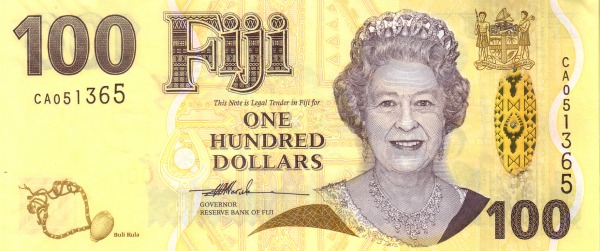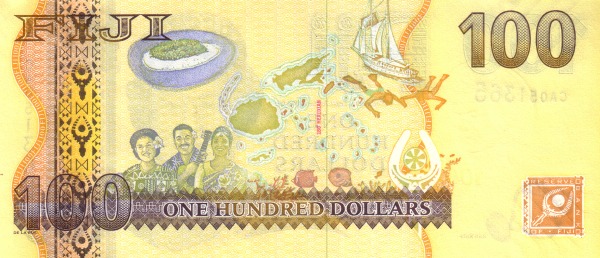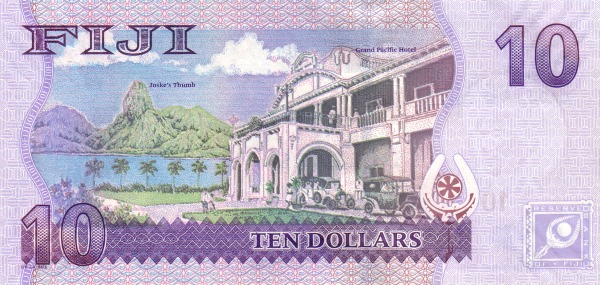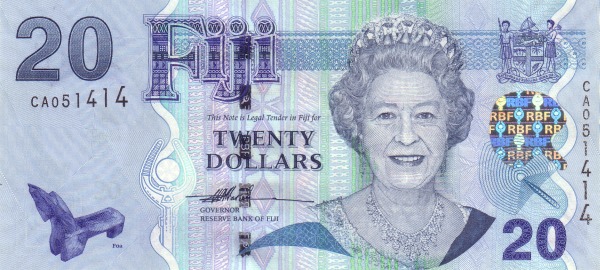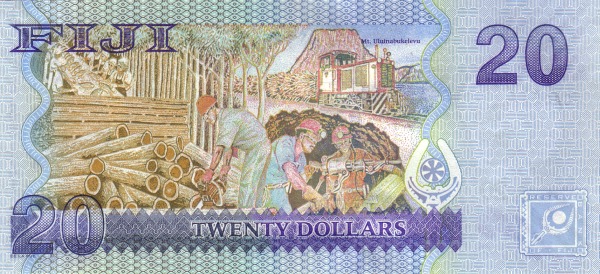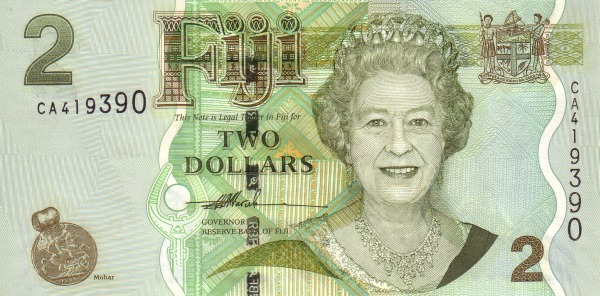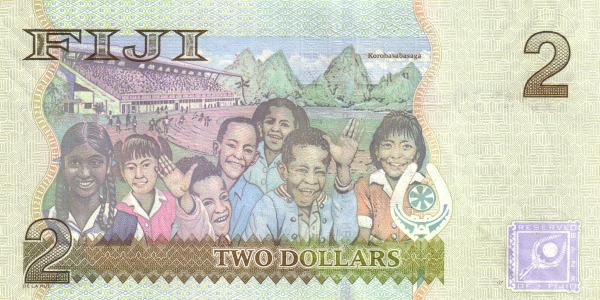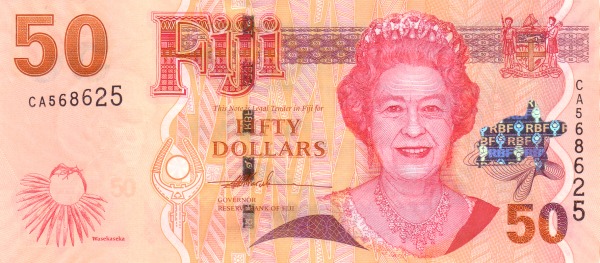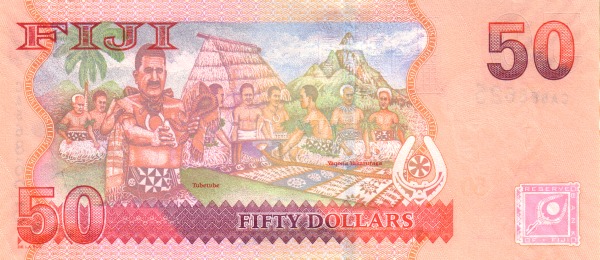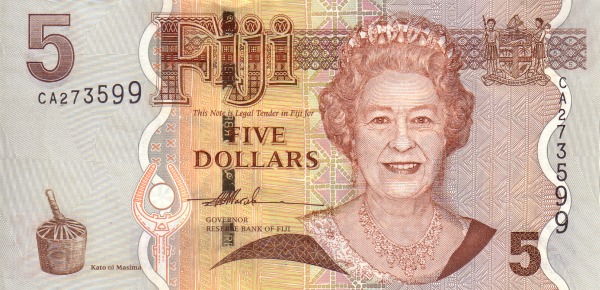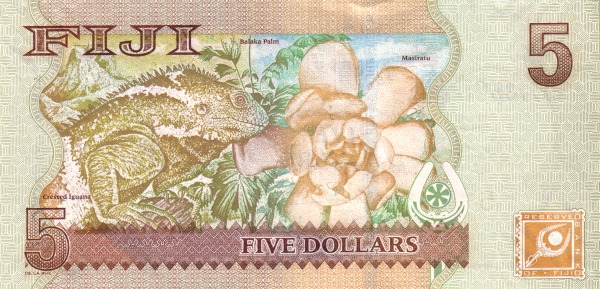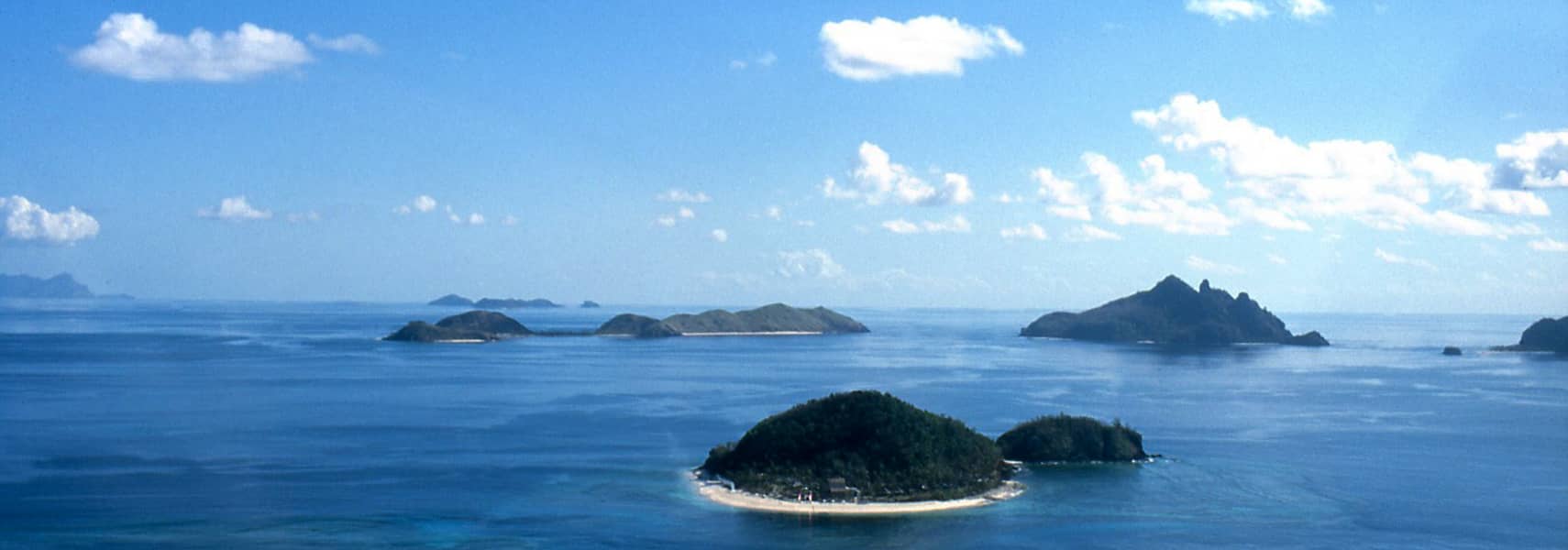Exploring the Wonders of Fiji
Fiji, nestled in the heart of the South Pacific Ocean, boasts an impressive archipelago consisting of more than 330 islands. Located approximately 3,000 kilometers east of Australia and 2,000 kilometers north of New Zealand, this stunning destination captivates visitors with its diverse landscapes and vibrant culture. Among these islands, about one hundred are inhabited, with the prominent islands being Viti Levu and Vanua Levu. The highest peak within this tropical paradise, Mount Tomanivi, towers at an elevation of 1,324 meters. Remarkably, Fiji enjoys a tropical marine climate characterized by minimal seasonal temperature fluctuations, making it an ideal getaway year-round.
Fiji's Geographic and Cultural Landscape
Covering a land area of 18,274 square kilometers, Fiji is nearly twice the size of Cyprus and slightly smaller than the state of New Jersey in the United States. With a population of approximately 870,000 people, most of the inhabitants reside on Viti Levu, the island that also hosts the capital city, Suva. In terms of diversity, Fiji stands out with its variety of languages, including English, iTaukei (Fijian), and Fiji Hindi. This linguistic richness reflects the cultural mosaic that makes Fiji so unique.
History and Independence of Fiji
The Republic of the Fiji Islands has a rich history that traces back to its time as a British colony. Fiji gained its independence on October 10, 1970, marking the beginning of a new chapter in its governance. Today, this nation has transformed into one of the most developed economies in the entire Pacific region. A parliamentary democracy governs Fiji, with a constitution that has undergone changes since its initial adoption in July 1997.
Geographical Features of Fiji
Situated in Oceania, Fiji's terrain mostly comprises volcanic mountains surrounded by lush, dense tropical forests. This captivating geography contributes to its breathtaking landscapes and unique biodiversity. Travelers can explore magnificent beaches, clear lagoons, and rich coral reefs while enjoying the stunning views that characterize this island nation.
Climate and Natural Resources
Fiji experiences a tropical maritime climate, which brings humid conditions and a warm atmosphere. This climate fosters the growth of various natural resources such as timber, fish, and precious metals like gold and copper. Additionally, the potential for offshore oil and hydropower enhances the country’s economic sustainability while providing opportunities for environmental conservation and growth in technology.
Fiji's Demographics
The national identity of Fiji is represented by its diverse ethnic groups. Indigenous Fijians constitute approximately 54% of the population, while Indo-Fijians represent about 40%. This blend of cultures creates a unique social fabric defined by mutual respect, vibrant traditions, and diverse religious practices. Religiously, approximately 52% of the population adheres to Christianity, particularly Methodist and Roman Catholic beliefs. Furthermore, 33% practice Hinduism, while around 7% identify as Muslim.
Languages and Literacy Rate
In Fiji, English serves as the official language, ensuring effective communication among its diverse population. The indigenous Fijian language and Hindi are also widely spoken. Notably, the literacy rate in Fiji stands impressively at 93%, showcasing the country’s commitment to education and knowledge dissemination among its citizens.
Agricultural Landscape and Industry
Agriculture plays a vital role in Fiji’s economy, with crops such as sugarcane, coconuts, cassava, and rice being cultivated extensively. Livestock farming also flourishes, with farmers raising cattle, pigs, goats, and horses. The rich agricultural landscape not only supports local diets but also contributes significantly to the nation’s exports. Tourism continues to thrive, drawing visitors to Fiji's beautiful beaches, lush landscapes, and rich cultural experiences.
Economic Overview and Trade
Fiji's economy relies on various industries, including tourism, sugar production, and the clothing sector. The global demand for commodities like sugar, fish, garments, and gold also strengthens the economy. Fiji exports its products to various countries, with the United States and Australia as key trading partners. These international collaborations reflect the island nation’s commitment to economic growth while preserving its cultural heritage.
Environmental Aspects and Challenges
Despite its natural beauty, Fiji faces environmental challenges, particularly related to climate change. Rising sea levels and increased weather variability threaten its low-lying islands and coastal communities. Consequently, the government and local organizations work diligently to implement sustainable practices and enhance resilience against environmental threats.
Fiji's Artistic and Cultural Heritage
The artistic talents of Fiji are on display in its vibrant crafts and traditional performances. Visitors can experience the famous Meke dance, which beautifully blends storytelling and choreography set against the backdrop of rhythmic music. Additionally, handcrafted items such as mats, baskets, and carvings highlight the skills passed down through generations in Fijian culture.
Conclusion: The Allure of Fiji
In summary, Fiji captivates hearts with its breathtaking landscapes, rich cultural backdrop, and delightful hospitality. The unique confluence of natural beauty, a robust economy, and a rich heritage positions Fiji as a remarkable destination worth exploring. Whether you immerse yourself in vibrant local traditions or bask in the sun on pristine beaches, Fiji promises an unforgettable experience for travelers seeking adventure and relaxation in the stunning South Pacific.
Largest cities of: Fiji
| City Name | Population | Year of foundation | |
| Suva | 94,130 | 1882 | |
| Nadi | 42,020 | 1947 | |
| Lautoka | 19,593 | 1880 | |
| Sigatoka | 18,538 | 1862 | |
| Labasa | 14,600 | 1921 | |
| Ba | 14,118 | 1874 | |
| Savusavu | 5,955 | 1900 | |
| Korolevu | 5,000 | 1800 |
Fiji: Money
